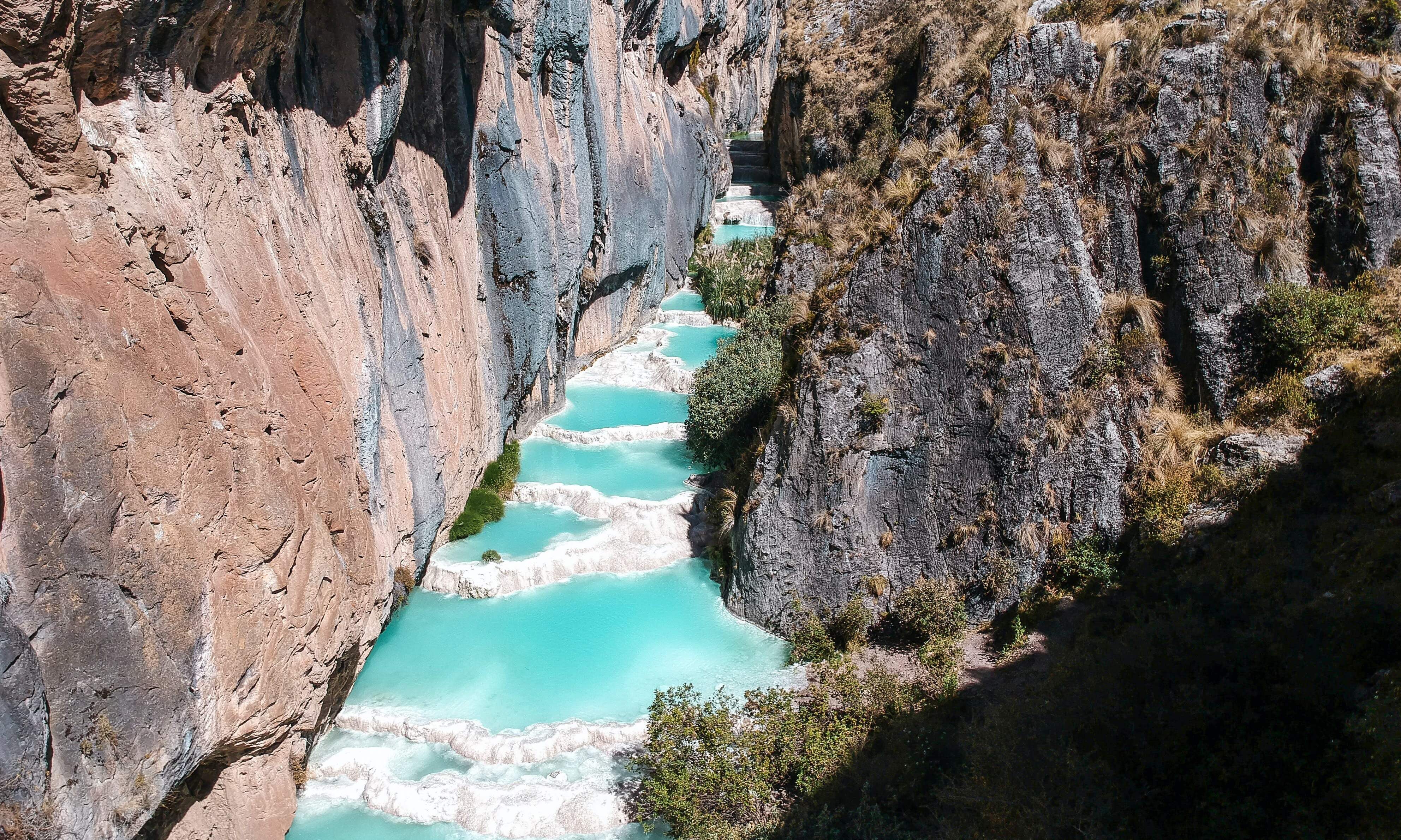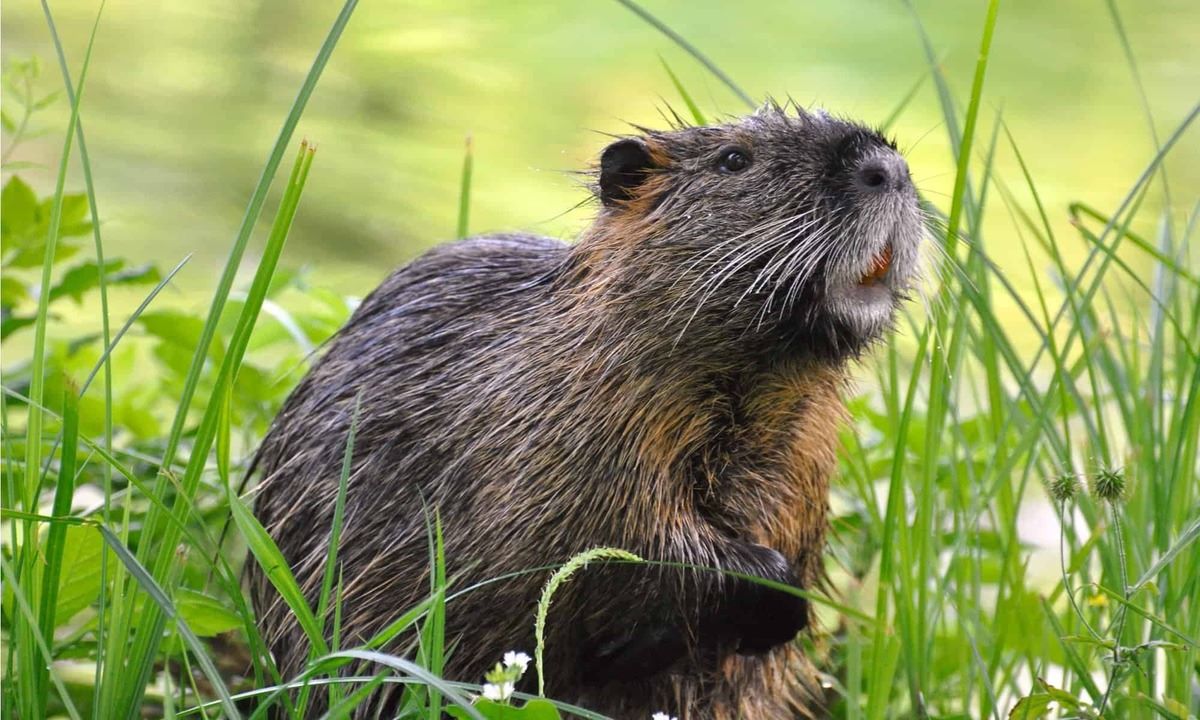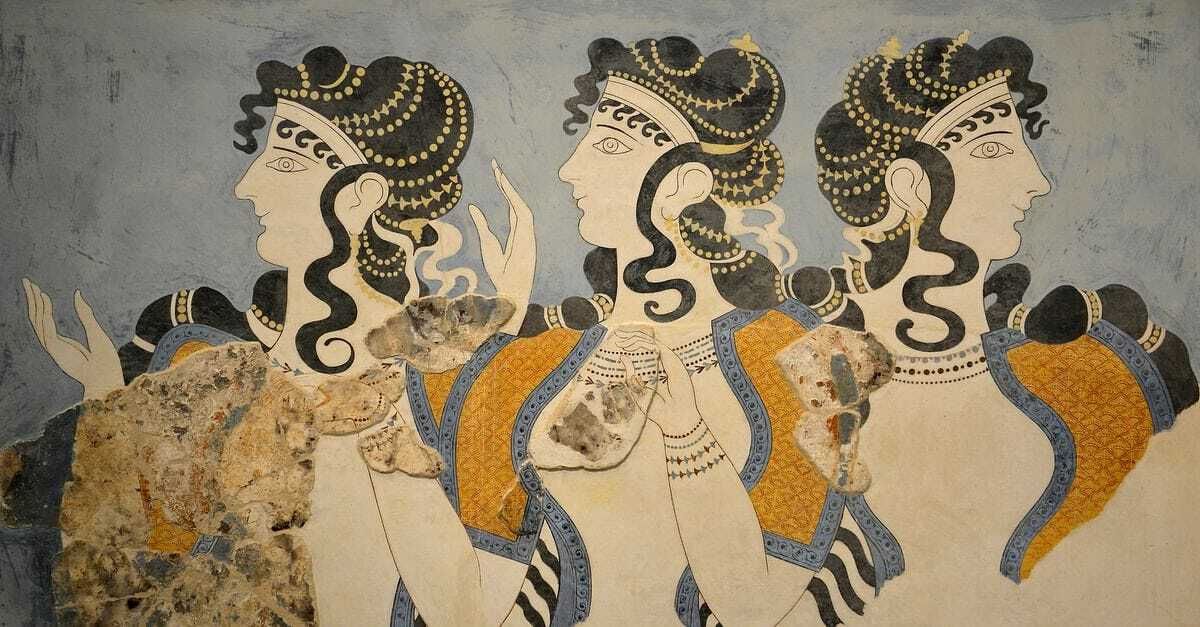
Ayacucho, also known as Huamanga, is a captivating city located in the Andean highlands of Peru. With a rich history and vibrant culture, Ayacucho offers a unique experience to visitors. From its colonial architecture and ancient ruins to its famous Semana Santa celebrations, this city has something for everyone.
In this article, we will uncover 41 fascinating facts about Ayacucho that will give you a deeper understanding of this remarkable destination. Whether you’re planning a trip, conducting research, or simply curious about Ayacucho, these facts will provide you with insights into its history, traditions, cuisine, and much more.
So, buckle up and get ready to explore Ayacucho’s hidden gems and intriguing tales. Let’s dive into the enchanting world of Ayacucho!
Key Takeaways:
- Ayacucho, a historic city in Peru, is known for its rich cultural heritage, traditional crafts, and vibrant festivals, making it a must-visit destination for those who love art, history, and adventure.
- With its pleasant climate, stunning natural landscapes, and warm hospitality, Ayacucho offers a unique blend of history, culture, and outdoor activities, making it an ideal destination for travelers seeking a rich and diverse experience.
Ayacucho is a historic city located in the highlands of Peru.
Ayacucho, also known as Huamanga, is situated in the Andes mountains at an altitude of approximately 2,746 meters (9,006 feet).
The name “Ayacucho” means “corner of the dead” in Quechua.
The city got its name due to the historic Battle of Ayacucho, which marked the decisive victory of independent South American forces against the Spanish empire.
Ayacucho is known for its rich cultural heritage.
The city is a hub of Peruvian art, literature, and traditional crafts, making it a vibrant center of cultural expression.
The Semana Santa festival in Ayacucho is one of the most important religious celebrations in Peru.
During this week-long event, the city comes alive with colorful processions, traditional dances, and elaborate street decorations.
Ayacucho is home to numerous colonial churches and religious landmarks.
These include the Basilica Cathedral of Ayacucho and the Temple of Santo Domingo, which showcase stunning architectural styles.
The city is famous for its traditional handicrafts.
Local artisans create intricate textiles, ceramics, and wood carvings that reflect the rich cultural heritage of the region.
Ayacucho is renowned for its vibrant and elaborate retablos.
Retablos are small, three-dimensional altarpieces made out of painted wood and depict scenes of daily life, religious stories, and local folklore.
The Wari ruins, located near Ayacucho, are an important archaeological site.
The ancient city of Wari was once the capital of a pre-Inca civilization and offers insights into the region’s historical past.
Ayacucho is the birthplace of prominent Peruvian literary figures.
Notable authors such as Ciro Alegría and José María Arguedas were born in Ayacucho and have made significant contributions to Peruvian literature.
Ayacucho is famous for its traditional cuisine.
Local dishes such as pachamanca (a meat and vegetable stew cooked in an underground pit) and cuy chactado (fried guinea pig) are popular among visitors.
The Inti Raymi festival is celebrated in Ayacucho during the winter solstice.
This ancient Inca festival pays homage to the sun god and involves colorful ceremonies and ritualistic dances.
Ayacucho has a pleasant climate throughout the year.
The city enjoys mild temperatures and abundant sunshine, making it an ideal destination for outdoor activities.
The Ayacucho region is known for its traditional folk music.
Instruments such as the charango, quena, and zampona are commonly used to create lively melodies that reflect the cultural heritage of the area.
Ayacucho has a strong tradition of pottery craftsmanship.
Local artisans create beautiful ceramic pieces, ranging from intricately designed vases to decorative tiles.
The city is surrounded by stunning natural landscapes.
The nearby mountains, valleys, and lakes offer opportunities for hiking, trekking, and exploring the region’s biodiversity.
Ayacucho is home to the Universidad Nacional San Cristóbal de Huamanga.
This prestigious university is known for its academic programs in arts, sciences, and humanities.
The Ayacucho Department is one of the largest producers of potatoes in Peru.
Potatoes are a staple crop in the region and are used in many traditional dishes.
The city was heavily impacted by the internal conflict in Peru during the 1980s and 1990s.
Ayacucho was at the center of the violence, but has since embarked on a path of reconciliation and development.
Ayacucho is a popular destination for adventure tourism.
Activities such as mountain biking, rock climbing, and paragliding attract adrenaline seekers from around the world.
The Ayacucho Carnival is a lively celebration of music, dance, and costumes.
Colorful parades and traditional performances take place throughout the city during this festive season.
Ayacucho is known for its traditional dance forms.
Dances such as the “Huayno” and “Sikuri” showcase the region’s rich cultural heritage and are performed at various festivals and events.
The city hosts the Ayacucho International Film Festival.
This annual event showcases independent films from Peru and around the world, promoting cultural exchange and artistic expression.
Ayacucho has a vibrant street art scene.
Colorful murals can be found throughout the city, depicting local culture, history, and social issues.
The traditional Ayacucho fabric known as “mantaro” is highly valued.
Mantaro textiles are hand-woven with intricate designs and patterns, representing the artistic craftsmanship of the region.
The city is known for its traditional Easter bread, called “torreja de Huamanga.”
This sweet bread is made with local ingredients and is a popular treat during the Easter season.
Ayacucho has a rich archaeological heritage.
Ancient ruins and archaeological sites, such as the caves of Pikimachay and the Pachacamac Pampa, provide insights into the region’s pre-Columbian history.
The Ayacucho flag is a symbol of regional pride.
The flag features the city’s coat of arms and is raised during official ceremonies and celebrations.
Ayacucho is home to the “Wasi Pachay Ayacuchana” museum.
This museum showcases the culture, history, and art of Ayacucho, allowing visitors to delve deeper into the region’s heritage.
The city celebrates its anniversary, known as the “Semana Jubilar,” every December.
During this week-long celebration, Ayacucho comes alive with cultural events, concerts, and fireworks.
Ayacucho is known for its traditional dance festivals.
The “Fiesta de la Virgen de Carmen” and the “Fiesta de la Virgen Asunta” feature vibrant dances performed in traditional costumes.
The Ayacucho region is home to several indigenous communities.
These communities, such as the Quechua and Aymara, preserve their ancestral traditions and contribute to the cultural diversity of the area.
Ayacucho has a rich history of silver mining.
The region was once a major producer of silver, and remnants of old mines can still be explored today.
The Ayacucho region is known for its traditional medicine practices.
Herbal remedies and healing rituals, passed down through generations, are still used by local healers.
Ayacucho hosts the annual “Fiesta de la Candelaria.”
This vibrant festival combines Catholic traditions with ancient Andean rituals, featuring colorful processions and music.
Ayacucho has a close connection to the ancient Chavín civilization.
Artifacts and remnants from the Chavín culture can be found in the region, showcasing its historical significance.
Ayacucho is home to the largest artisan market in the Andean region.
The Mercado de Artesanías offers a wide range of handmade crafts, textiles, and souvenirs.
The Ayacucho region is known for producing high-quality alpaca wool.
Alpaca fiber is used to create luxurious textiles and clothing items that are exported worldwide.
Ayacucho is surrounded by stunning natural landscapes.
The Vilcashuamán National Park and the Pampas Galeras National Reserve offer opportunities for exploring pristine ecosystems and observing native wildlife.
Ayacucho is a hub of traditional Andean music.
The city hosts music festivals that bring together musicians from different regions of Peru to showcase their unique musical styles.
The Ayacucho region is home to several archaeological sites related to the Inca civilization.
These sites, such as the Wari Willka archaeological complex, provide insights into the Inca’s engineering and architectural achievements.
The people of Ayacucho are known for their warm hospitality and friendly demeanor.
Visitors will be welcomed with open arms and have the opportunity to immerse themselves in the local culture.
Conclusion
Ayacucho is a fascinating city with a rich history, vibrant culture, and stunning natural beauty. From its ancient ruins to its breathtaking landscapes, there is no shortage of things to see and do in Ayacucho. Whether you’re interested in exploring archaeological sites, experiencing traditional Peruvian festivals, or simply immersing yourself in the local cuisine, Ayacucho has something for everyone. Its warm and welcoming atmosphere, coupled with its unique blend of indigenous and colonial influences, make it a truly unforgettable destination. So, whether you’re a history buff, an adventure seeker, or just someone looking for a new and exciting travel experience, Ayacucho should definitely be on your list.
FAQs
1. Where is Ayacucho located?
Ayacucho is located in the southern highlands of Peru, in the Andes Mountains.
2. What is the best time to visit Ayacucho?
The best time to visit Ayacucho is during the dry season, which lasts from May to October. The weather is pleasant, and you can enjoy outdoor activities without worrying about rain.
3. What are some must-visit attractions in Ayacucho?
Some must-visit attractions in Ayacucho include the Wari ruins, the Ayacucho Cathedral, and the Santuario de la Virgen de Carmen. Don’t miss the opportunity to explore the local markets and try traditional dishes like papa rellena and rocoto relleno.
4. Is it safe to travel to Ayacucho?
Like any other destination, it’s important to exercise caution and stay vigilant while traveling in Ayacucho. It’s advisable to stay in well-lit areas, avoid flashing valuables, and be aware of your surroundings. It’s also a good idea to consult with local authorities or your accommodation for any specific safety tips.
5. What is the local currency in Ayacucho?
The local currency in Ayacucho is the Peruvian Sol. It’s a good idea to carry cash in smaller denominations, as some places may not accept larger bills.
6. Can I hike in Ayacucho?
Ayacucho offers several beautiful hiking trails, including the trek to the Pampa Galeras National Reserve and the pilgrimage route to the Santuario de la Virgen de Carmen. Make sure to be well-prepared and follow safety guidelines when embarking on any hiking adventures.
Ayacucho's fascinating history and vibrant culture make it a must-visit destination for anyone exploring Peru. From its colonial architecture to traditional handicrafts, Ayacucho offers a unique glimpse into the country's rich heritage. Visitors can also enjoy stunning natural landscapes and embark on exciting adventures in the surrounding Andes mountains. Whether you're interested in learning more about Peru's diverse regions or discovering the wonders of the Andes, Ayacucho is an excellent starting point for your journey.
Was this page helpful?
Our commitment to delivering trustworthy and engaging content is at the heart of what we do. Each fact on our site is contributed by real users like you, bringing a wealth of diverse insights and information. To ensure the highest standards of accuracy and reliability, our dedicated editors meticulously review each submission. This process guarantees that the facts we share are not only fascinating but also credible. Trust in our commitment to quality and authenticity as you explore and learn with us.


